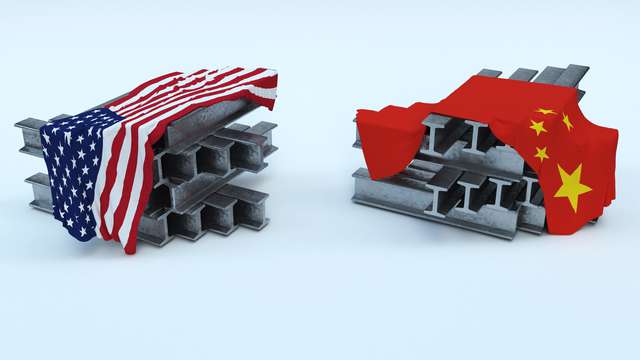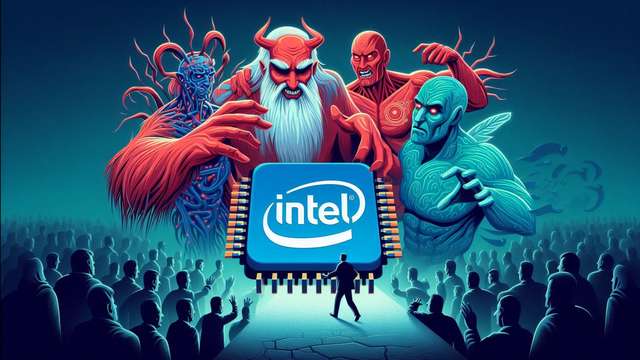
Relations between China and the United States have been tense for a long time. The geopolitical competition between the giants is gaining momentum, and their dispute over the production of microprocessors has certainly not eased the situation.
Table of Contents
Recent years have clearly shown that the significant dependence of the USA and their Western allies on Chinese manufacturing power was a serious mistake. The time of the pandemic and war has shown that for such critical sectors that directly affect the economy and national security, a different approach is needed.
Decisive steps
The Joe Biden administration quickly understood the mistakes of previous policies. The lack of microprocessors on the market, and as a result, serious problems with supply chains, which hit the foundations of the entire economy.
So what did they come up with in Washington? To allow American companies to return to their rightful place, and for supply shortages no longer to be a problem, it was decided to pass the Chip Act - a special law that launched up to $52 billion in various tax breaks and subsidies to support the microprocessor market.
The injection of such huge sums of money was crucial not only for American semiconductor manufacturers but also for all technological partners of the USA. For them, this is a clear signal that the shortage problem will be limited, allowing them to plan their businesses more efficiently and safely.
However, as it often happens in war, it could be assumed blindly that the response from the other side would only be a matter of time. And as it turned out, that was exactly the case. China did not wait too long to respond.
China had to respond
Since the Americans impose sanctions on the Chinese and strongly support their producers, why should the Chinese behind the Great Wall restrain themselves from taking decisive steps?
The result of these actions was the investment of $1.9 billion by the National Integrated Circuit Industry Investment Fund in Yangtze Memory Technologies - the country's largest microprocessor manufacturer. According to "Bloomberg," this is not all, and additional aid packages are only a matter of time. In the current situation of falling demand and further blows from the other side of the Pacific, the Xi Jinping team will have no choice.
Importantly, in this specific situation, we are also talking about the technological advantage of the USA. Joe Biden and his administration are exerting significant pressure on their partners to join the so-called technological blockade. When it comes to the highest quality components, China still lags behind the USA, Taiwan, or South Korea in the global rankings.
China has significant production capacity, but their demand is so high that without imports of integrated circuits, they will not be able to cope. "Bloomberg" estimated the annual appetite of the Asian giant at around $150 billion, with a significant portion of those chips coming from behind the Great Wall.
Foto: https://www.freepik.com/free-photo/3d-render-us-steel-import-tarrifs_2732588.htm#query=us%20china&position=0&from_view=search&track=ais / Image by kjpargeter / on Freepik






